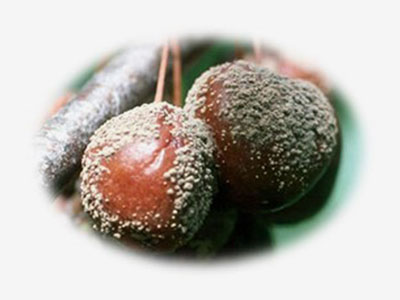Cherries face significant challenges when it comes to weather-related vulnerabilities. Growers often struggle to maintain fruit quality amidst extreme weather events like heavy rainfall leading to cherry cracking or post-harvest heatwaves causing fruit doubling.
The susceptibility of cherries to cracking is a major concern for growers, resulting in substantial economic losses. This phenomenon occurs as cherries nearing harvest accumulate sugars, and prolonged exposure to moisture causes the fruit cuticle to burst, leading to cracking.
To mitigate yield losses, growers can adopt various strategies. Firstly, selecting cherry varieties resistant to rain-induced cracking is crucial. Additionally, understanding how different varieties respond to rainfall aids in effective orchard management.
Improving the protective properties of the fruit cuticle is essential. Cherries with a higher wax content are less prone to cracking. Applying cuticle supplements post-harvest can reduce doubling in the next season by reinforcing the leaf cuticle and enhancing overall tree performance.
Effective irrigation management is vital to minimize stress on cherry trees, especially during high-temperature periods. Proper irrigation can enhance resistance to cracking by avoiding water stress in the late stages of fruit growth.
Managing crop load is another effective strategy. While pruning to encourage larger fruit is common, trees with low crop loads may be more susceptible to cracking. Maintaining a moderate to high crop load can help reduce cracking incidents without compromising fruit size.
Despite the unpredictable nature of weather, proactive orchard management and focus on cuticle care can improve fruit quality and increase marketable yield.
Read the full article: Cultiva
Cherry Times - All rights reserved












